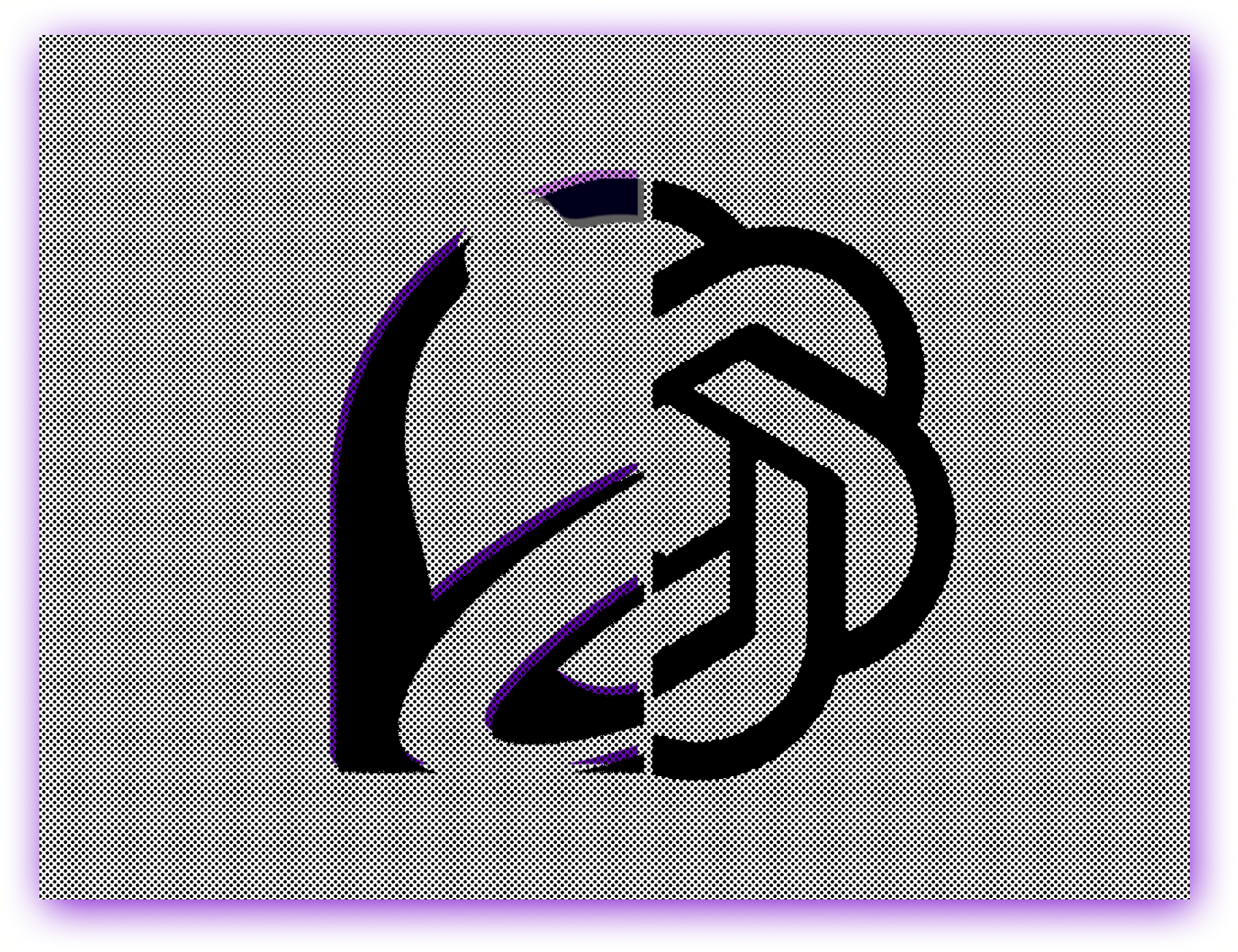OpenAI is Taco Bell
A California-born company built on the steady repurposing of old ingredients, promising transcendence.
Going at least as far back as 1998, when The Onion published a piece headlined “Taco Bell’s Five Ingredients Combined In Totally New Way,” people have feasted on the idea that there was no better known (or more shameless) practitioner of repurposing of preexisting material than Taco Bell. The Mexican Pizza, the Double Decker Taco, the Crunchwrap — these are all iconic dishes that, while created in a lab and marketed euphorically as new and revolutionary for humanity, were really just fashioned from the beautiful slop of old. (Not that any of us complained!)
But now another California startup is here to steal its thunder. Investors, boosters, speculators, and fans may fawn over the life-changing promise of OpenAI, but it’s really not doing much more than what Taco Bell did first. What are Nacho Fries and Doritos Locos Tacos but text-to-image concepts that you can actually eat? Like the Bell, which distinguished itself early through its social media and mobile ordering, OpenAI has collected its laurels as a technological pioneer with the assistance of no small amount of marketing furor. Even as futurists wring their hands about the AI-fueled dystopia ahead, anyone who’s seen “Demolition Man” knows that a market ruled by Taco Bell has been the stuff of nightmares for 30 years now. You could even argue that Taco Bell’s longtime slogans, “Yo Quiero Taco Bell” and “Live Más,” were early incarnations of a large language model, given their innovative use of Spanglish.
The similarities don’t end there. Like OpenAI, Taco Bell also had its early days of innocence, operating as an independent entity in a progressive new field. Its promise spurred imitators and competitors (Del Taco, Taco John’s, and eventually Chipotle) and, after some exciting years, was bought by PepsiCo in 1978 for an eye-popping $125 million, roughly $650 million in today’s market. After its acquisition, Yum! Brands’ Taco Bell began to operate much in the way that OpenAI has in its partnership with Microsoft: inelegantly sharing space and resources with decidedly less sexy brands (KFC and Pizza Hut) and tragically requiring Pepsi products at its fountains, a tribute tax to the gods of vertical integration. Even as we may still love Taco Bell, we know it could be better and, accordingly, regularly call to restore its former glories.
So where will OpenAI go from here? Look to the Bell, friends. After all the froth and hype of infancy, OpenAI has followed Taco Bell by settling into its bland place at the adult table, subject to the same petty beefs, wild conspiracies, shameless back-scratching, and insatiable thirst for capital that typify the world of big business. One day, not long from now, we’ll find ourselves nostalgic for the OpenAI of yore.
Ultimately, there is truly nothing new under the California sun. A company promising enlightenment and transcendence, built on borrowed intellectual property? Taco Bell did it first, baby. And like Taco Bell, OpenAI will flourish because there’s money there, there’s hunger for it, and people are way too lazy or overworked to cook things up themselves anymore. OpenAI won’t be the biggest thing in its market category, like Coca-Cola or McDonald’s, but, like Taco Bell, it will be a household name, which is no small thing — especially in an industry built on chips.
Read the other arguments for OpenAI's future here.
Adam Chandler is a journalist in New York and the author of “Drive-Thru Dreams.” His next book, “99% Perspiration,” will be published in January.
